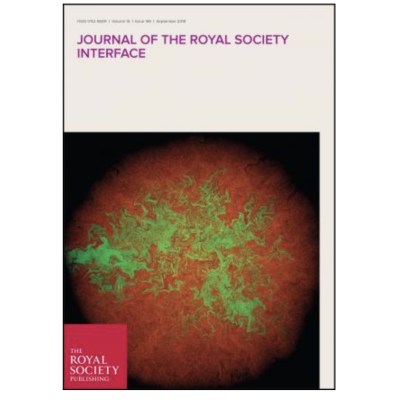Publication
Mechanistic modelling of prostate-specific antigen dynamics shows potential for personalized prediction of radiation therapy outcome
G. Lorenzo, V.M. Pérez-García, Alfonso Mariño, L.A. Pérez Romasanta, Alessandro Reali, H. Gómez
Journal of the Royal Society Interface 20190195 (2019)
MOLAB authors
Abstract
External beam radiation therapy is a widespread treatment for prostate cancer. The ensuing patient follow-up is based on the evolution of the prostate-specific antigen (PSA). serum levels of PSA decay due to the radiation-induced death of tumour cells and cancer recurrence usually mani- fests as a rising PSA. The current definition of biochemical relapse requires that PSA reaches nadir and starts increasing, what delays the use of further treatments. Also, these methods do not account for the post-radiation tumour dynamics that may contain early information on cancer recurrence. Here, we develop three mechanistic models of post-radiation PSA evolution. Our models render superior fits of PSA data in a patient cohort and provide a biological justification for the most common empirical formulation of PSA dynamics. We also found three model-based prognostic variables: the proliferation rate of the survival fraction, the ratio of radiation-induced cell death rate to the survival proliferation rate, and the time to PSA nadir since treatment termination. We argue that these markers may enable the early identification of biochemical relapse, which would permit physicians to subsequently adapt patient monitoring to optimize the detection and treatment of cancer recurrence.















